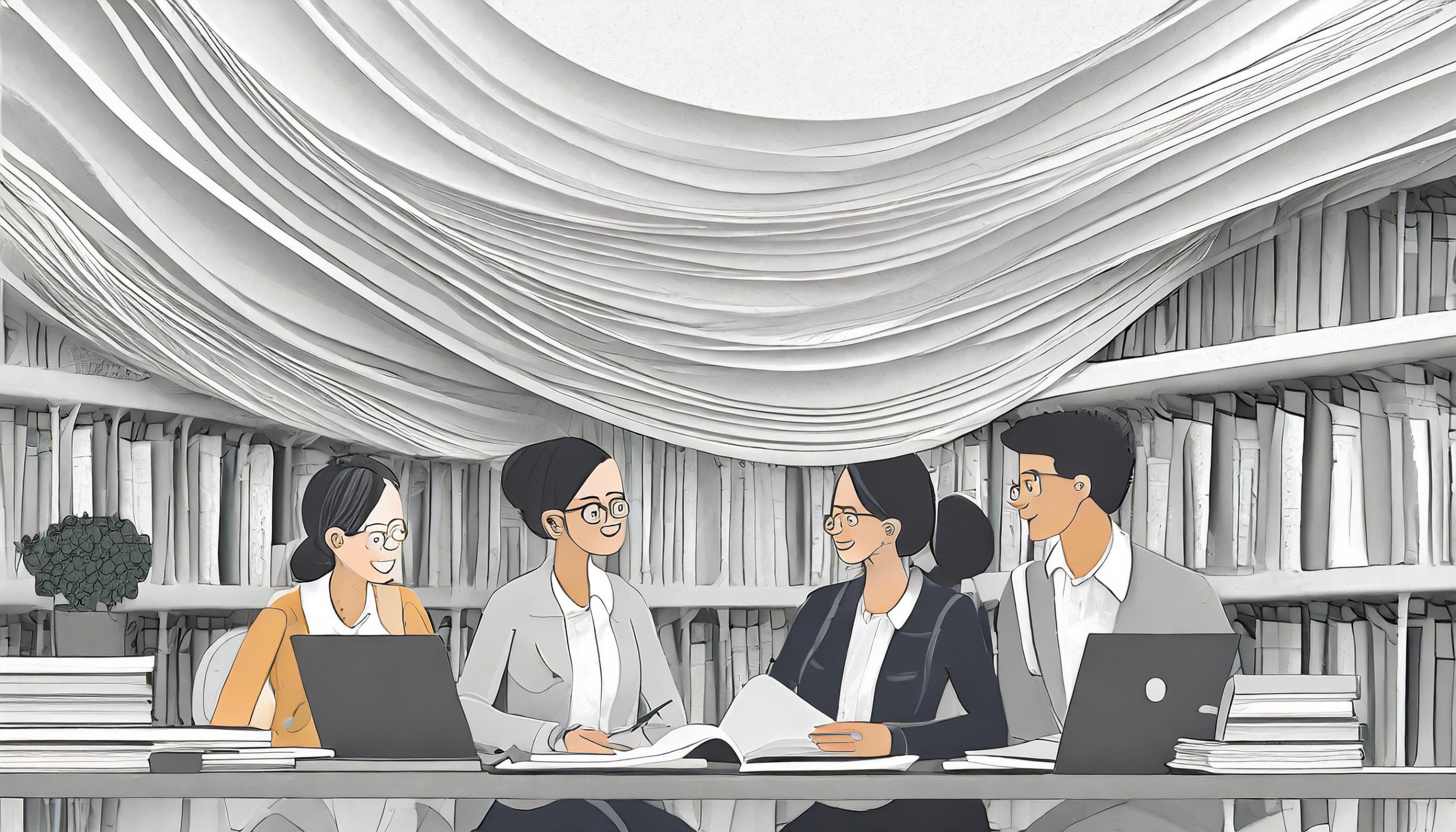18 Creating images to support your ideas
Purpose and important information
Generative AI tools that are based on diffusion models can create new images from text prompts. If permitted to do so by your course educator, you can use these AI tools to generate images for use in your assignments.
Important note: The diffusion models that drive some of the image-generating AI tools have been trained on large numbers of copyrighted images without permission, and there are a pending legal cases related to this unauthorised use of work, for example the case between Getty Images and Stability AI.
We recommend using Adobe Firefly to generate images, as the model that drives this tool has been trained on Adobe Stock and copyright-free images.
Prompt template
Some of the image-generating AI tools will provide several images from the initial text prompt. You can select the image that best meets your needs and download it for future use. Some tools will also generate shareable URLs for the images.
Descriptive prompts may be more likely to generate images that meet your needs, particularly if you have a specific image in mind. You do not need to provide a task (e.g. you do not need to state ‘draw a … or ‘create an image of’…), instead describe the characteristics of the image you want to create in the prompt. The Adobe Firefly Create images from text prompts page provides more information on writing effective prompts.
A <e.g. person, place, animal or object> <e.g. performing an action> <additional detail>
Example prompts and outputs
The following prompts were tested in Adobe Firefly. All RMIT students and staff have access to Adobe Firefly – more details can be found at the Adobe Creative Campus page.
Example prompt: university students working together in a library
 |
 |
 |
 |
Images generated using Adobe Firefly from the prompt university students working together in a library
Some of these tools allow you to modify the initial images created by using different filters, for example different art styles and aspect ratios. In the example below, from the same initial text prompt the aspect ratio was changed to 16:9, the content type was changed to Art, and the Layered paper effect was selected. The Generate button was then used to create a new set of images with these filters selected.
 |
 |
 |
 |
Images generated using Adobe Firefly from the prompt university students working together in a library
If you don’t have a particular image in mind, you might want to test shorter and less descriptive prompts, as these prompts may generate unexpected and useful images.
Example prompt: using artificial intelligence in architecture
 |
 |
 |
 |
Images generated using Adobe Firefly from the prompt using artificial intelligence in architecture
Important information for creators: copyright and AI-generated images
Australian copyright law only recognises humans as creators. One of the moral rights associated with copyright is the right to be acknowledged as the creator of a work. The ability for humans to obtain copyright protection for works they have created using generative AI is currently unclear.
The current (February 2024) Arts Law Centre of Australia advice:
As a general rule, a work can only be protected by copyright in Australia if there is a human author who contributed ‘independent intellectual effort’. Because of this, it is possible that works generated by AI which don’t have enough human input won’t be protected by copyright.
By contrast, if creators using an AI tool have contributed ‘independent intellectual effort’ as part of creating the work, then the work would likely be protected by copyright. What contribution is enough? While there is no definite answer yet, some contributions are more likely to be protected than others. For example, if a creator produced an image and used an AI tool to edit the image, the human contribution is likely to be enough for copyright protection. But it remains unclear whether other contributions – like writing, tweaking and training the algorithm, or pre-selecting and editing the output – would be enough to attract copyright protection.
AI tools do not currently have a legal status and cannot own copyright. It is the human contributor who would own copyright if a work was protected.

